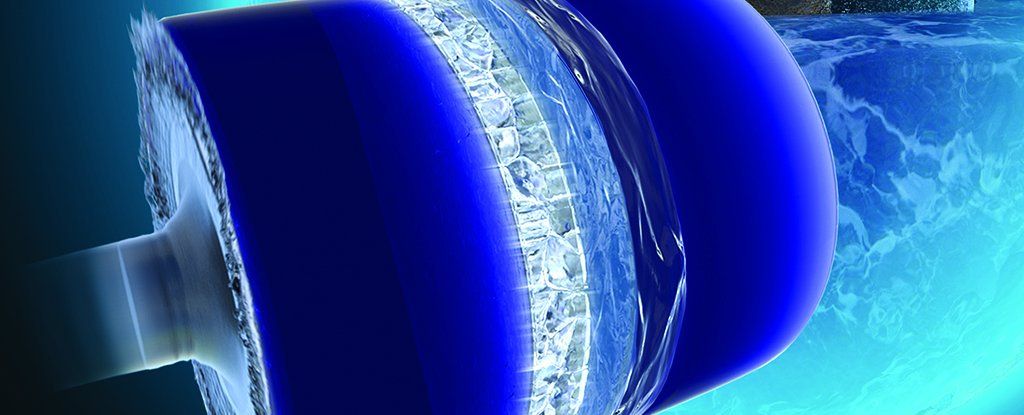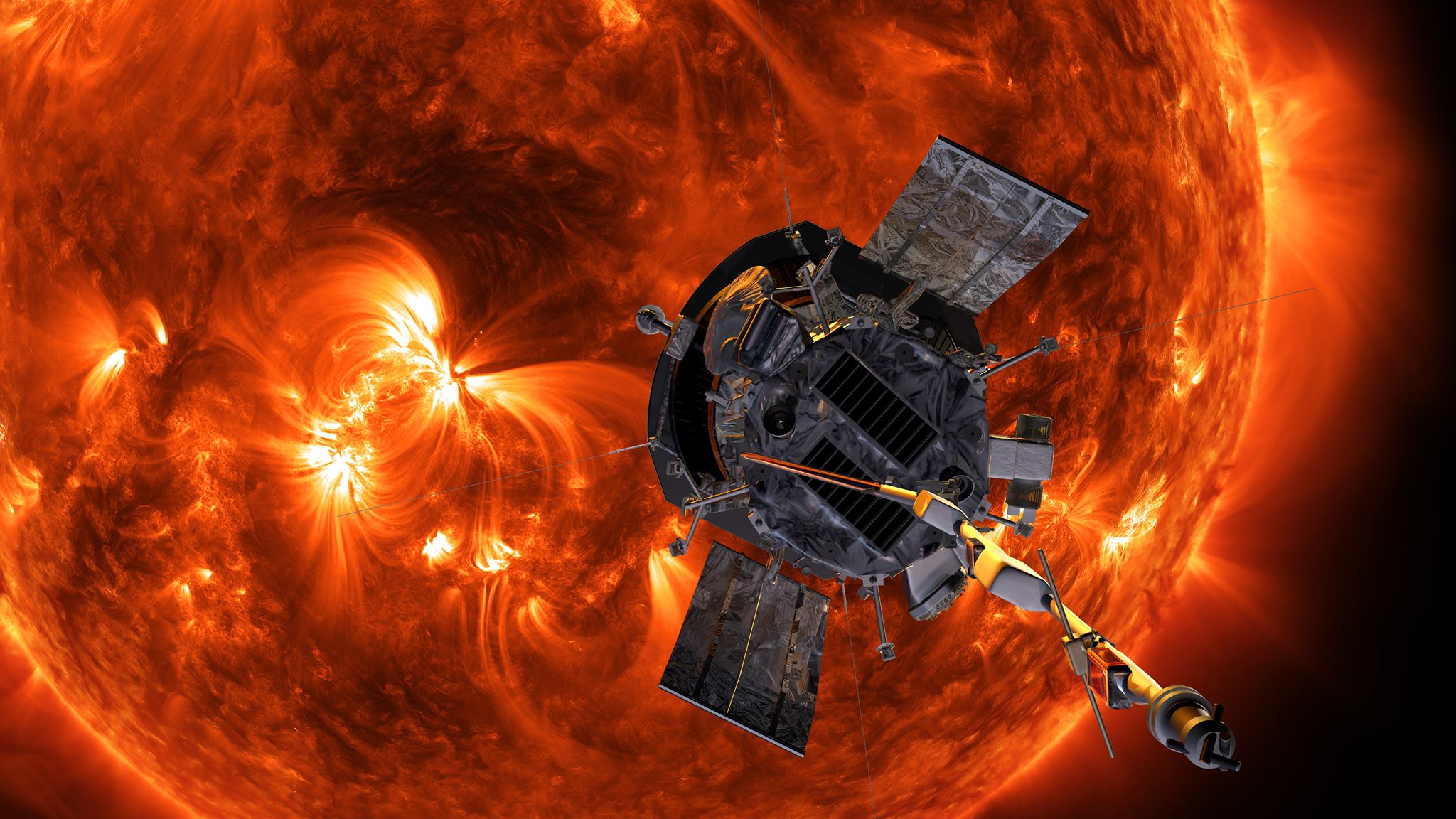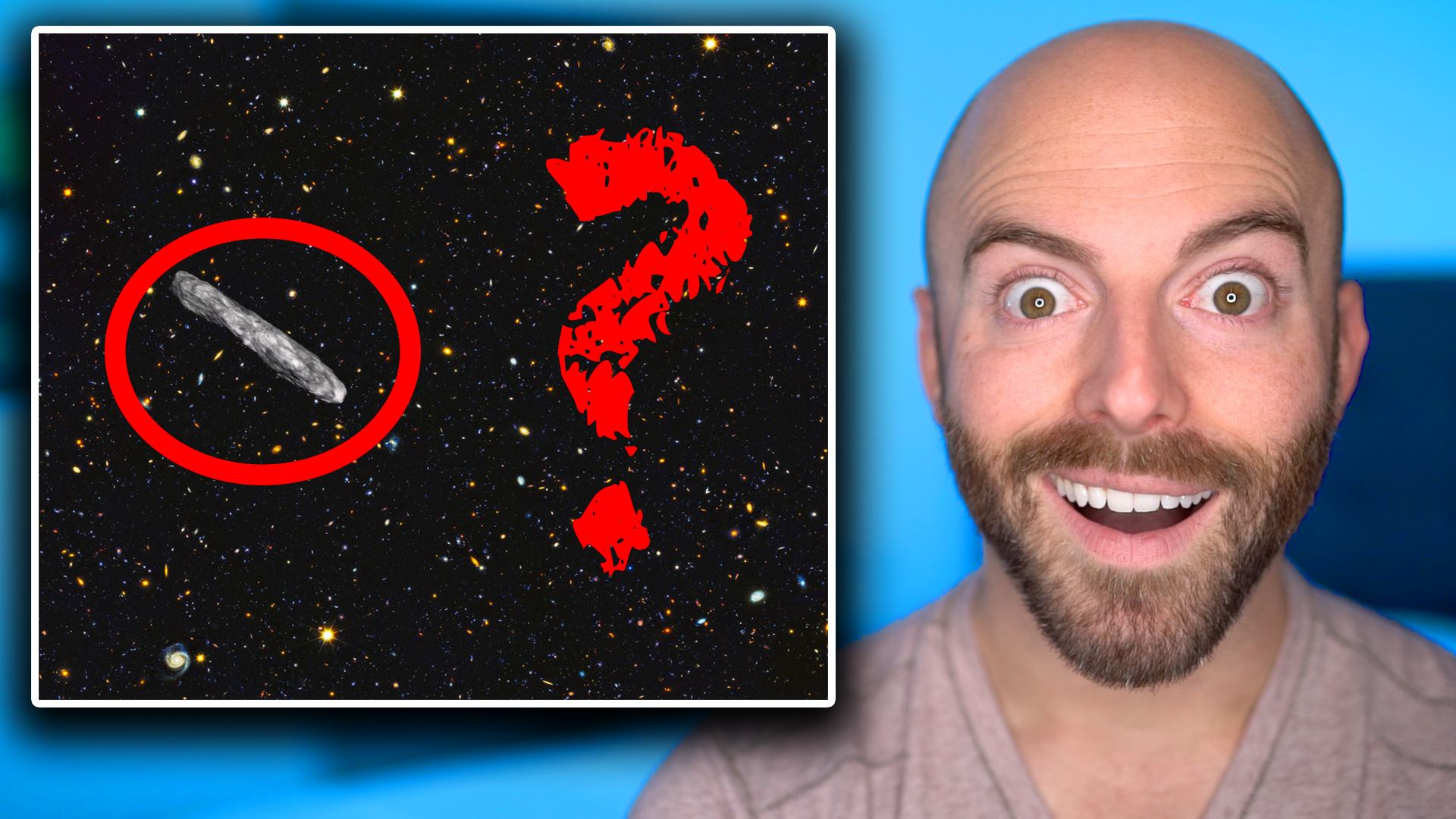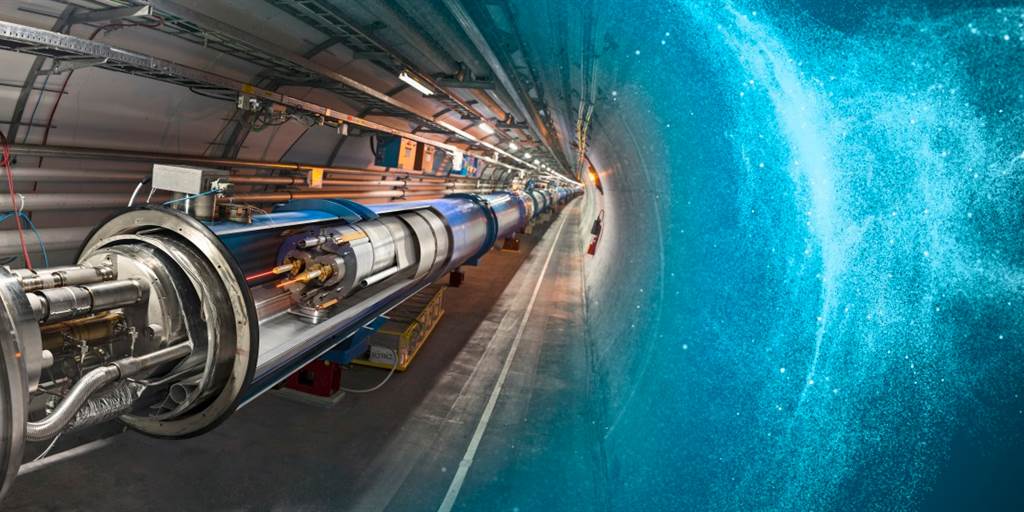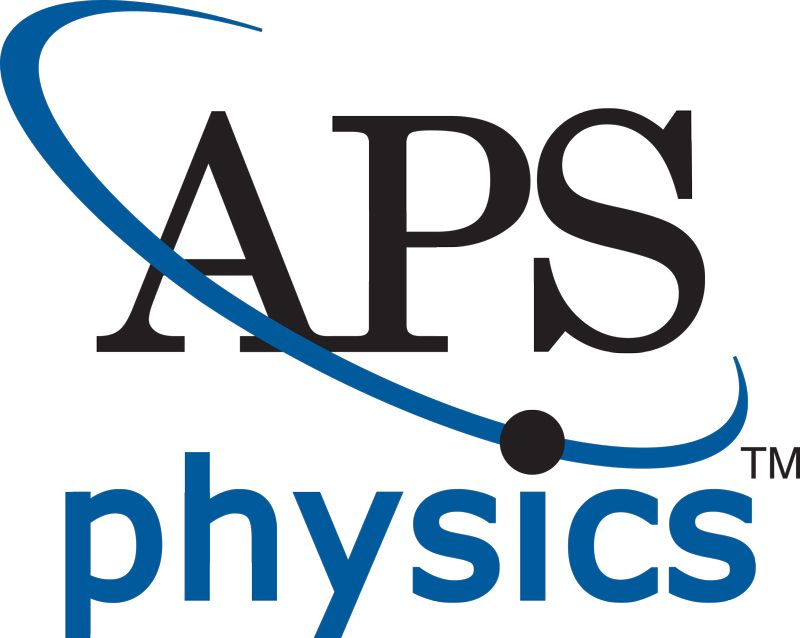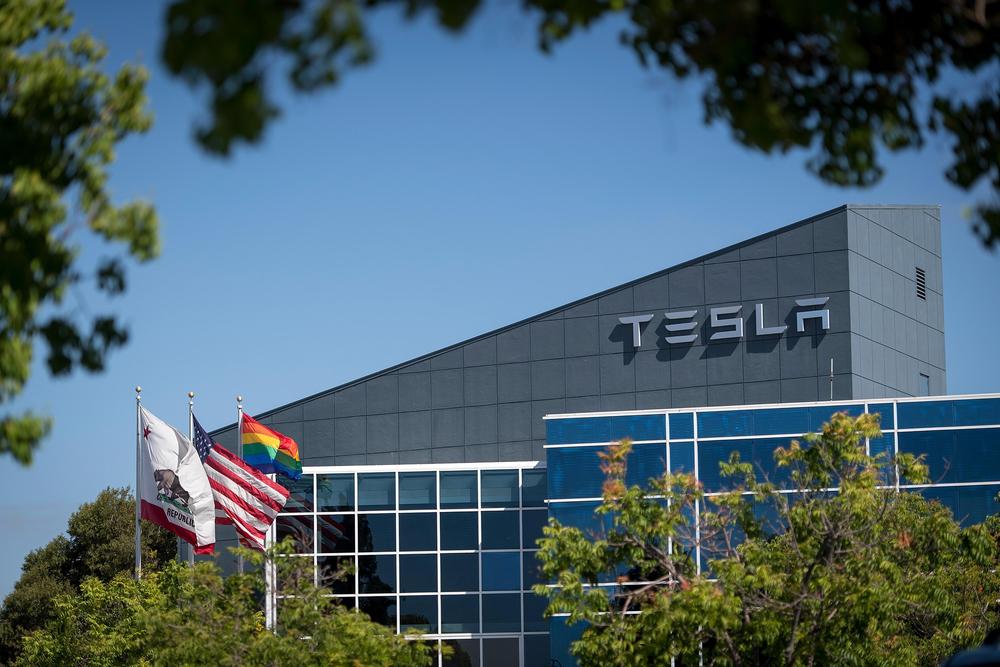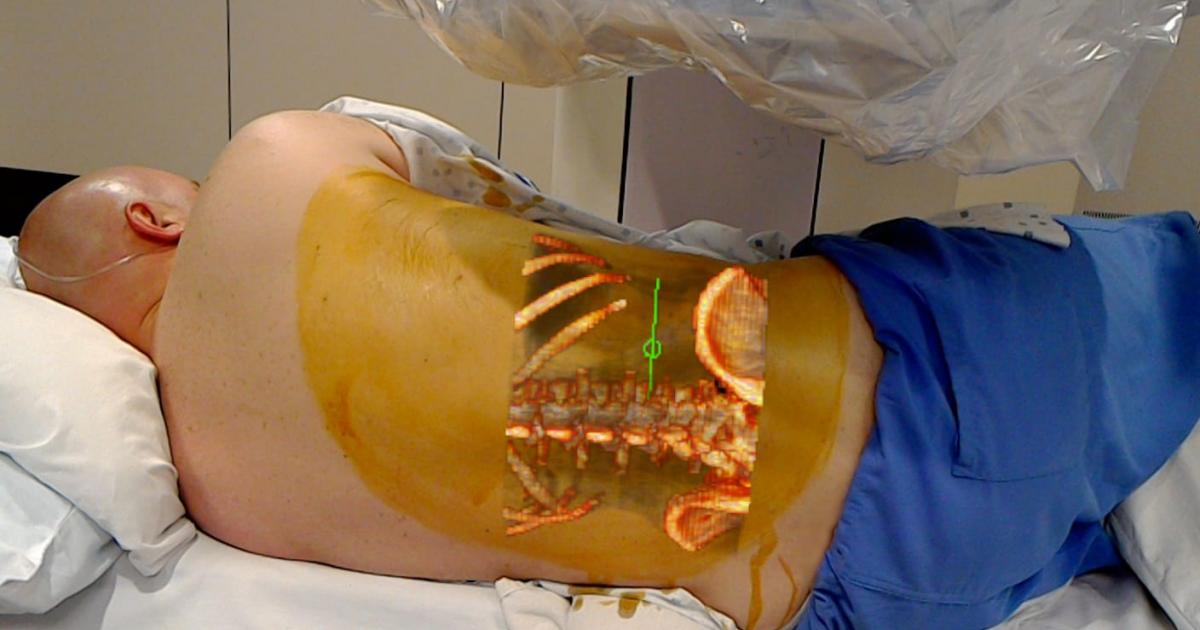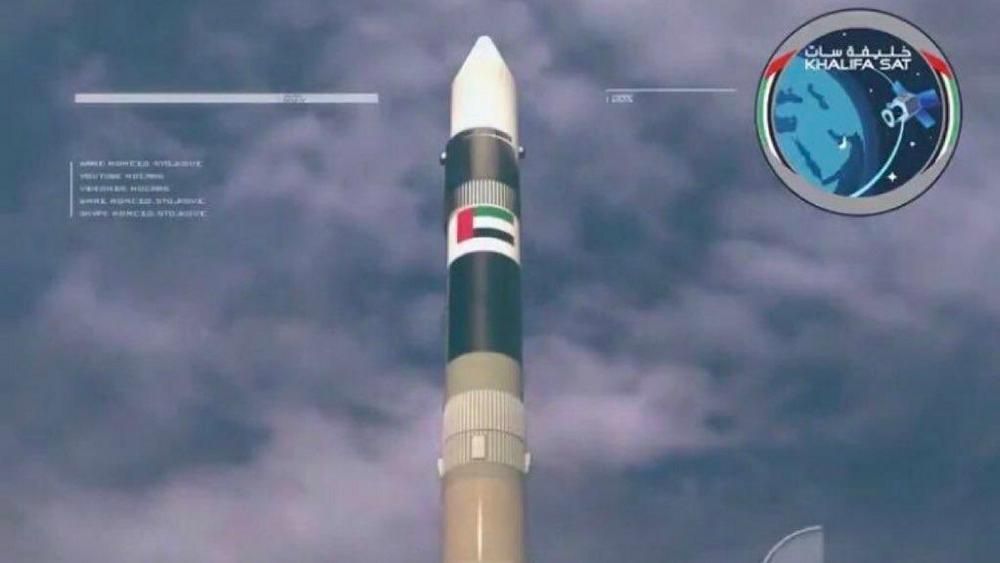Oct 30, 2018
This Bizarre Form of Ice Grows at Over 1,000 mph, And Now Physicists Know How
Posted by Saúl Morales Rodriguéz in categories: mathematics, physics
New research into a very weird type of ice known as Ice VII has revealed how it can form at speeds over 1,000 miles per hour (1,610 kilometres per hour), and how it might be able to spread across yet-to-be-explored alien worlds.
This ice type was only discovered occurring naturally in March, trapped inside diamonds deep underground, and this latest study looks in detail at how exactly it takes shape – apparently in a way that’s completely different to how water usually freezes into ice.
Based on a mathematical model devised by researchers from the Lawrence Livermore National Laboratory in California, there’s a certain pressure threshold across which Ice VII will spread with lightning speed. This process of near-instantaneous transformation is known as homogeneous nucleation.
Continue reading “This Bizarre Form of Ice Grows at Over 1,000 mph, And Now Physicists Know How” »
